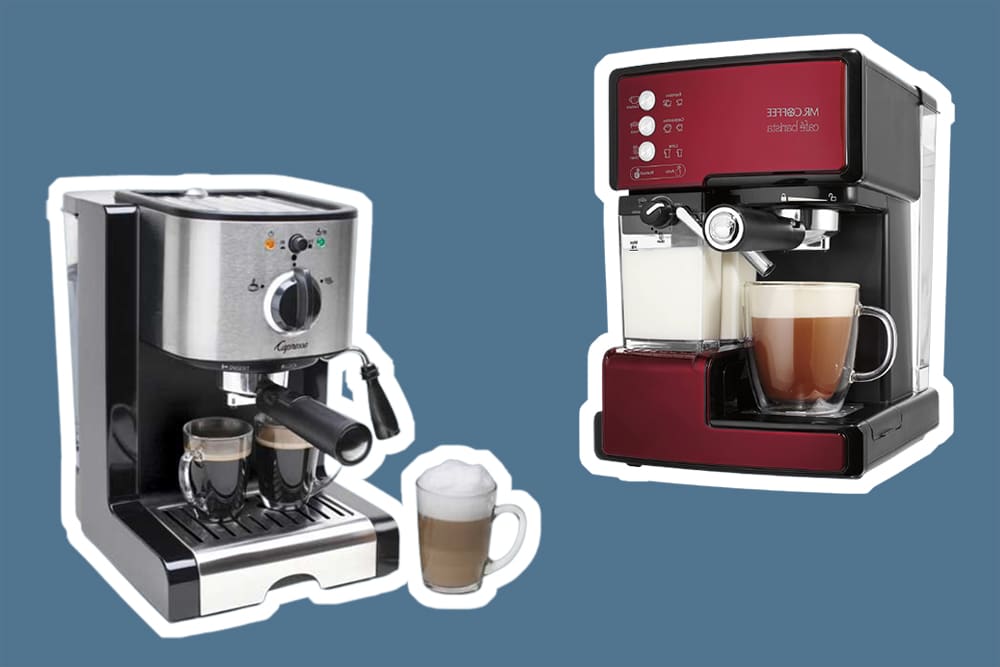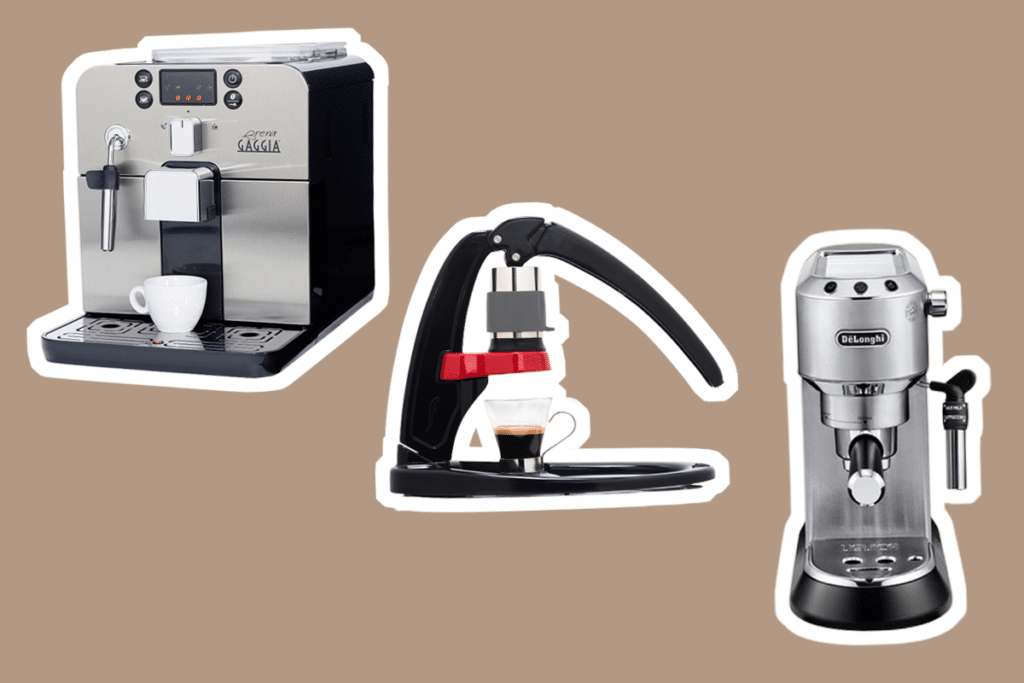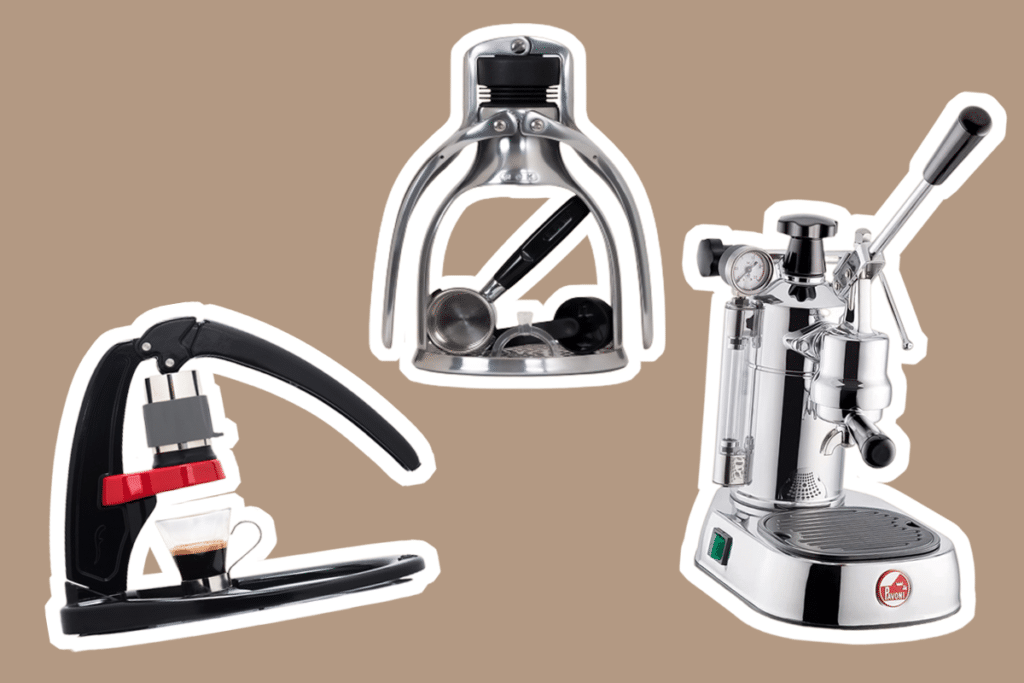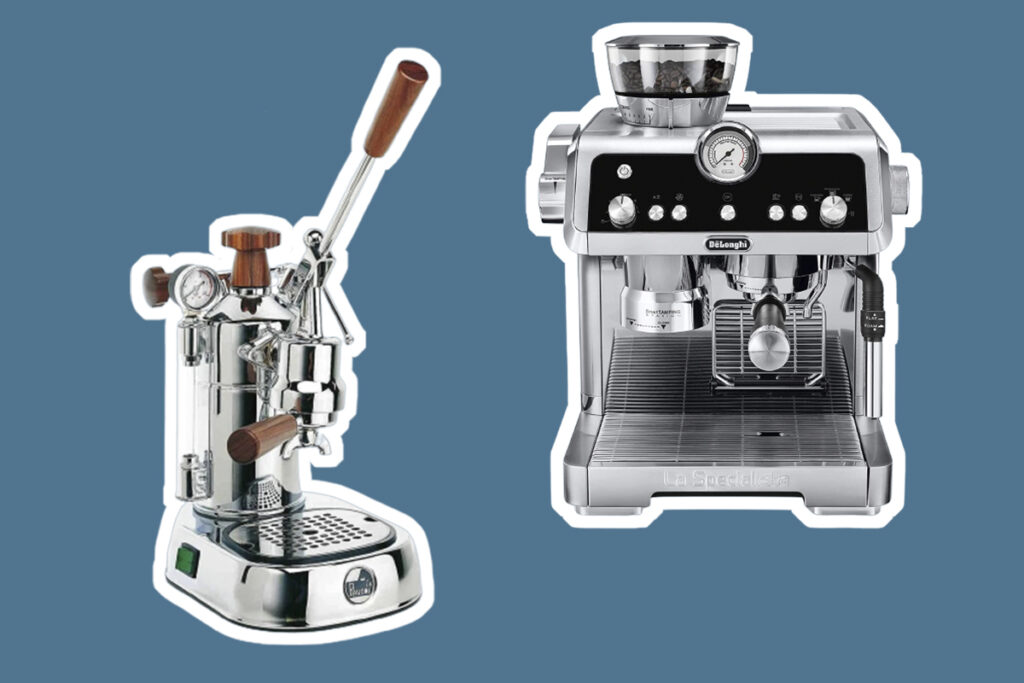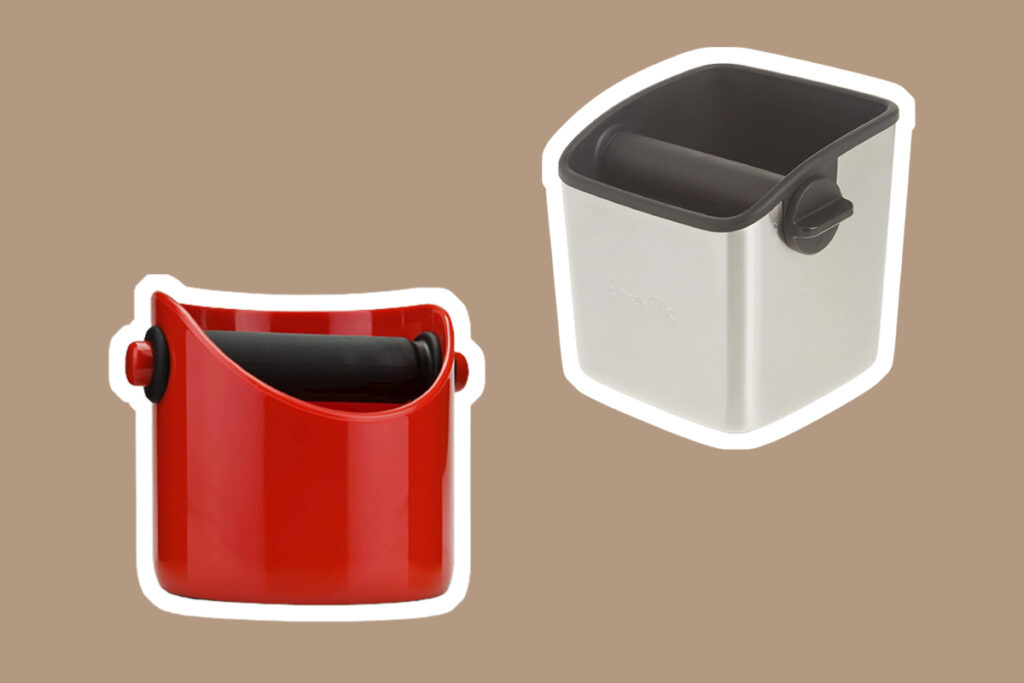

If you’re in the market for a beginner espresso machine or even any other category of espresso machine in general, you’ll have noticed that the bar pressure rating is something that’s included in the product description for most models. Often you’ll see an espresso device being described as a 9-bar, 15-bar, or even a 19-bar machine.
So is it a marketing gimmick? Does the pressure really matter? How many bars of pressure for espresso is enough? Most newbies to the espresso world are likely to have some of these questions in their minds if they’re really serious about getting the best coffee maker for their needs.
Even some coffee enthusiasts may be unfamiliar with the effects of bar pressure despite having multiple run-ins with home and office espresso machines. As such, we delve into the significance of pressure, so the next time you’re in the store pitting the 9-bar vs the 15-bar espresso makers against each other, you know which one to pick.
Making espresso is more of a science than an art. After all, making any coffee beverage does involve chemical reactions. Typically, it will include grinding the beans, tamping them down into a portafilter, and then attaching the portafilter to the machine. After that, the espresso machine will push boiling water through the portafilter to extract the beverage, and this is where the bars of pressure come in.
Thermal Engineering Trusted Source What is Bar – Unit of Pressure - Definition The bar is a metric unit of pressure. The bar is commonly used in the industry and in the meteorology. One bar is exactly equal to 100 000 Pa. www.thermal-engineering.org describes the bar as a unit of pressure, and it’s equivalent to 100,000 pascals. As for pressure in general, it’s defined as the amount of force exerted on a substance. With coffee, the pressure exerted affects the outcome of the beverage, which is why most manufacturers and enthusiasts make such a fuss about it. So how does pressure affect the quality of espresso brewed? Find out below.
Espresso seemingly has a long history of trial and error, and with it, drinkers of the beverage have noticed that it will taste different depending on the pressure used. Other factors may also come into play when brewing espresso, but the pressure is one of the main ones you can control.
If you were to experiment with different pressure settings, you’d quickly notice that higher pressure often equals stronger coffee, provided that all other factors remain constant. Does this mean you should always go for the highest number of bars you can find in a coffee machine? No.
The other factors we mentioned also come into play. One example is extraction time. With extraction time, it generally follows the same trend as the pressure. If you increase it, you provide more time for extraction, meaning the beverage will be stronger.
If you reduce the extraction time, the coffee will likely be weaker. Here’s where it gets confusing. If you increase the pressure for brewing, you’ll likely reduce the brewing/extraction time in the process. In short, you’ll be increasing the strength of the coffee by adding pressure. However, you’ll also be reducing the strength of the coffee at the same time by reducing the extraction time.
Conversely, reducing the pressure leads to an increase in the extraction time. As such, you’ll be reducing the strength of the beverage output by lowering the pressure. However, the increased extraction time will output a stronger beverage.
Our predecessors in the industry played with these two variables until they found a sweet spot where everything about the beverage is just right. It’s used as the industry standard, and it’s why you’ll notice that espresso shots from multiple coffee shops, coffee shop chains, and even home machines taste the same.
Of course, this leads us right back to where we started, which is with the question, “how many bars of pressure for espresso is enough, and why are there so many different options?”
Simply put, the sweet spot for extracting espresso in terms of pressure is 9 bars. This is all the pressure needed to extract the perfect beverage, and it has remained that way for as long as espresso machines have existed.
In fact, 9 bars is exactly the pressure you’ll find in most commercial level machines, such as the ones in coffee shops. But if you want to make coffee at home without spending a lot of money, read our review of the best espresso machines under 300, which offer the same amount of pressure.
If 9 bars is the pressure of the hot water when it’s going through the puck of coffee grinds in the portafilter, then you not only get the perfect flavor but perfect crema as well. Except for the aesthetics, most people think that the crema is unimportant and serves no functional value. They’re wrong.
The crema preserves the espresso’s flavor for a little longer and may even be the evidence you need to determine the freshness of your beans. It consists mainly of three components, i.e., proteins, oils, and CO2 gas. The oils, in this case, are lipids which, according to News Medical Trusted Source What are Lipids? Lipids are molecules that contain hydrocarbons and make up the building blocks of the structure and function of living cells. www.news-medical.net , make up the building blocks of living cells.
These lipids aren’t soluble in water, which explains how they make it to the top of the beverage as part of the crema. Notably, the 9-bar pressure is essential for the creation of the crema. Nevertheless, it can fluctuate to 8 bars or 10. Any lower than 8 bars and you increase the extraction time, which results in an over-extracted beverage.
At over 10 bars, the resulting beverage is under-extracted since there’s not enough time for the grounds to interact with the hot water. Of course, this is confusing since you’ll see 19-bar and 15-bar machines all over Amazon and in your local stores. This is especially true for espresso machines under $200 since this makes up the bulk of home espresso makers. Does this mean they under extract?
The answer for that may be a little more complicated, but it still boils down to a no. The 19-bar or 15-bar labels given to these machines do not exactly describe hot water pressure on the grinds. Instead, they describe the pressure exerted by the pump in the machine.
Notably, the hot water may need to go through a few other parts of the coffee maker before reaching the portafilter. Consequently, by the time it gets there, it’s dropped down to between 8 and 10 bars. This means that it doesn’t matter whether your espresso maker is a 19-bar or a 15-bar machine since it will boil down to about 9 bars at the point of extraction.
Nevertheless, most users and reviewers still rank the DeLonghi EC15 as a reliable and affordable espresso maker, even with the 15-bar pressure label. This is especially true for espresso enthusiasts who want an easier time brewing their beverages. You can even use espresso pods, so you don’t have to grind and tamp down your beans manually.
For those still unsure how many bars of pressure for espresso is enough, here’s a summary. Most espresso machines will extract your beverage using about 9 bars of pressure, whether they’re labeled as 9-bar machines or otherwise. This is the standard that has existed since the conception of the first espresso machine. It also allows for the perfect extraction of flavor and the inclusion of crema, which is beneficial to your beverage. Finally, the 19-bar or 15-bar labels you see on most home espresso makers describe the pump pressure and not the pressure used to extract the grinds.

